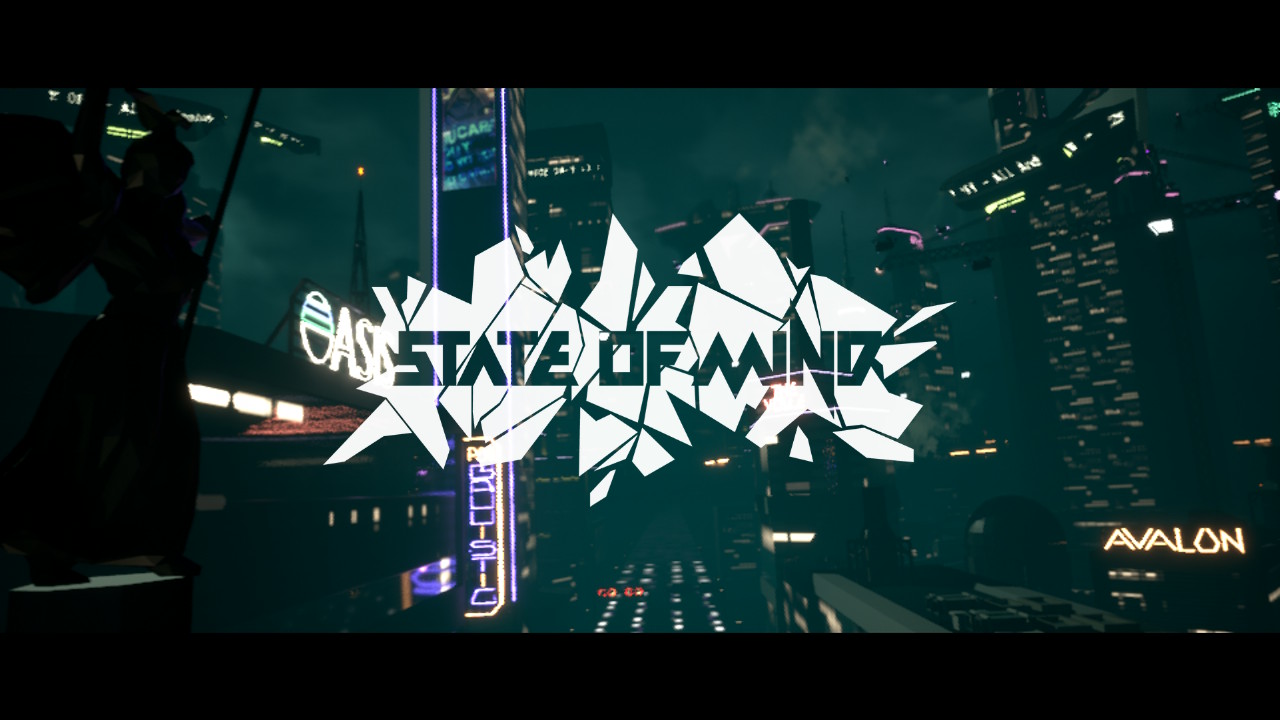State of Mind
Nintendo Switch
Developed By: Daedalic Entertainment
Published By: Daedalic Entertainment
Category: Adventure
Release Date: 8.15.18
From German developer Daedalic Entertainment comes State of Mind for the Nintendo Switch. It’s a heavily narrative-focused adventure game about transhumanism and the definition of life. It plays out a lot like a Deus Ex game but without the action or stealth aspects, but some of the pathfinding puzzle stuff. It also reminds me a lot of the first game I reviewed for Switch Effect, North. I compared that game favorably to the work of one of my favorite authors, Philip K. Dick. While that game managed to capture the general feel of Dick’s work, State of Mind closely resembles one of his greatest novels, Ubik. That’s kind of a spoiler alert, if you’ve read the book, but then again not really. Let’s get into it before I talk in circles any longer.
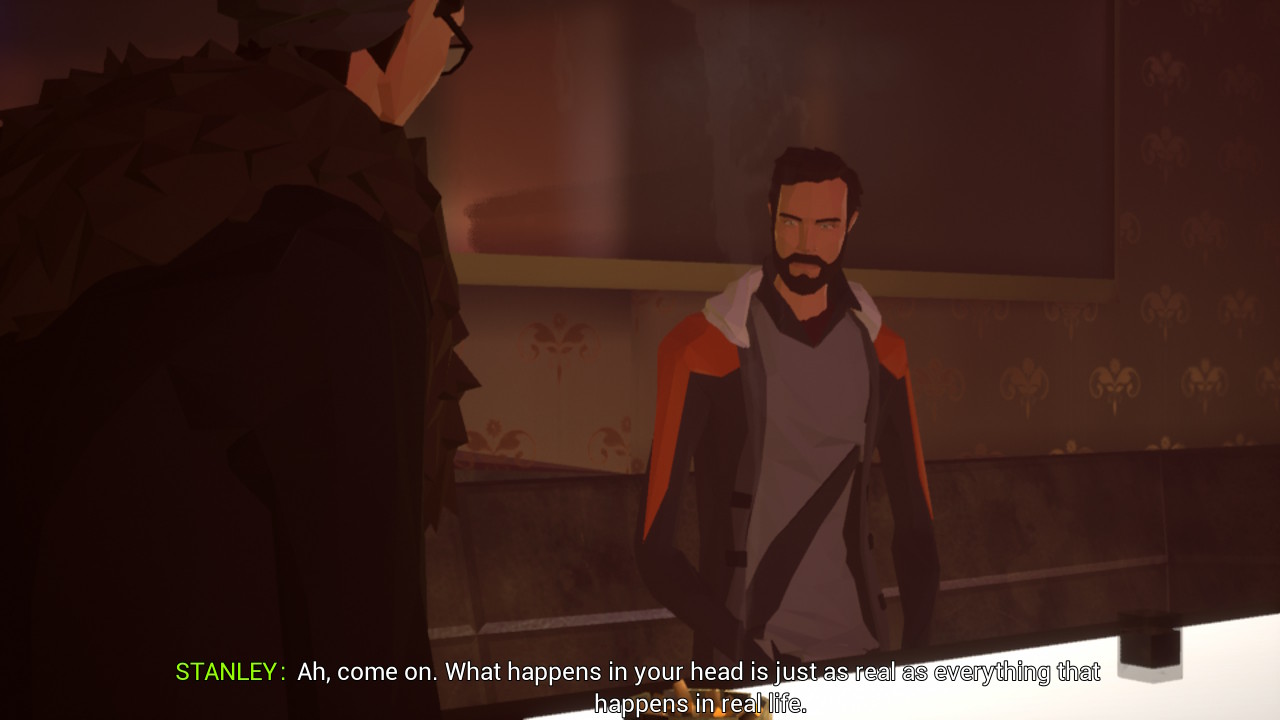
In the Year 20XX… I Mean 2048
Journalist Richard Nolan lives in Berlin with his wife and child. He’s kind of a jerk to his wife and he’s definitely cheating on her, so when they disappear after Richard is involved in a car accident I had a hard time blaming her for leaving. In his search for them, Richard comes across a terrorist/freedom fighter group called Blockpoint, discovering that he and possibly/probably his family are caught up in a huge conspiracy involving a virtual world, robot clones, a Mars colony, state surveillance, and a multinational corporation with its fingers in everything. The game tests Richard’s and the player’s sense of reality and what it really means to have a life. The story has a lot going on, but hot damn is it interesting to get into.
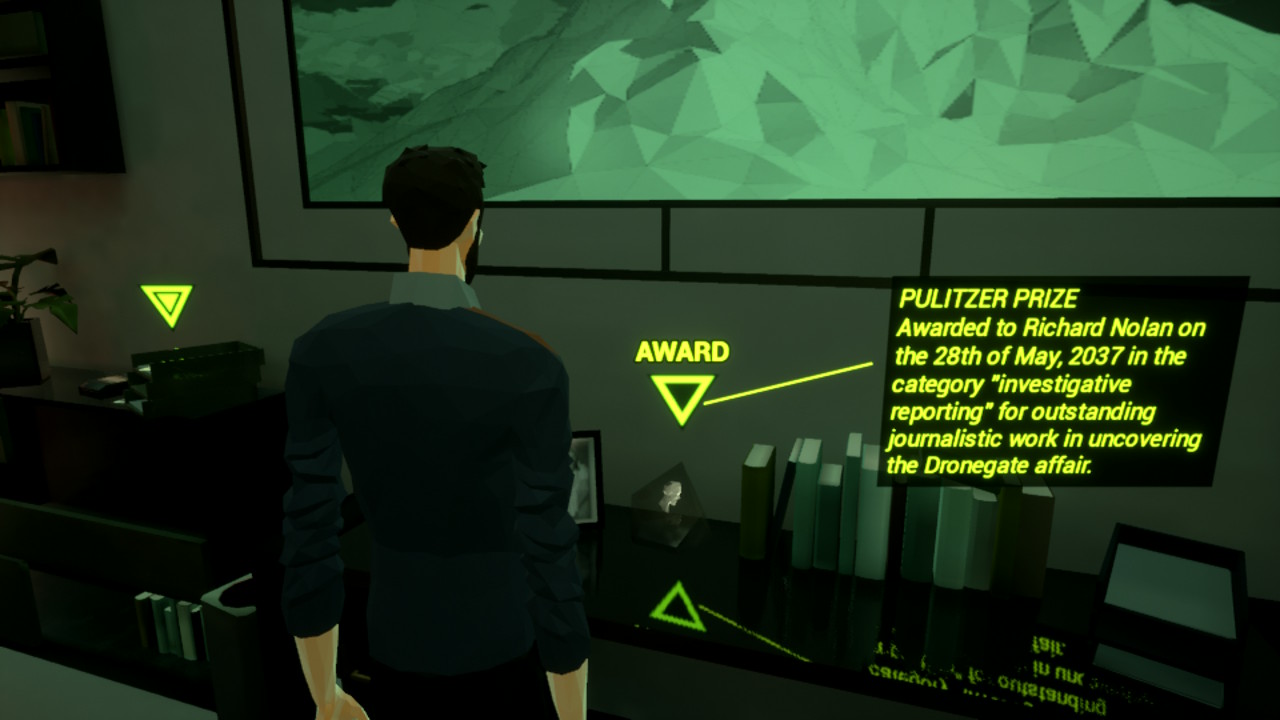
You don’t just play as Richard, either. For various sequences you play as Richard’s wife Tracy and son James, as well as their domestic robot Simon. The most common other avatar, however, is the unsubtly-named Adam Newman. Adam has a troubled marriage and a son, too, and the funhouse mirror image of him against Richard makes for some great character moments and helps greatly to invest the player in the story as it unfolds.
While the story is engrossing, it’s not without problems. There were a few holes in the periphery of the story, and some of the revelations throughout the game strain credulity. They rely a bit too much on coincidence and/or character’s unbelievably overwhelming ignorance to feel natural. The game also has a lot of threads that never quite get tied up, or else are only wrapped up as afterthoughts after being introduced as major elements. Generally, though, I thought the highs outweighed the lows.

The Measure of a Man
Each character in State of Mind raises the stakes of the game’s central question; what does it mean to be alive? With every character that is introduced the question takes on more dimensions. We start with Richard, a human. He’s definitely alive. But what about an AI built from his memories? What about a human who has had their memories inserted into a new body? A robot built with free will? An AI built from the broken pieces of a human mind that didn’t survive the digitization process? It’s a question that’s always been fascinating to me, and is often a central theme of science fiction. The game’s multiple endings seem to support the idea that those can all be valid forms of life, but its greatest failure is that the multiple endings mean the game doesn’t really pick a message, and if it doesn’t pick a side does it really have a point? In a game like this that relies almost entirely on its narrative, not having that definitive finish to the story is unfortunately a huge weakness. I still enjoyed the ride, though, even if it didn’t stick the landing.
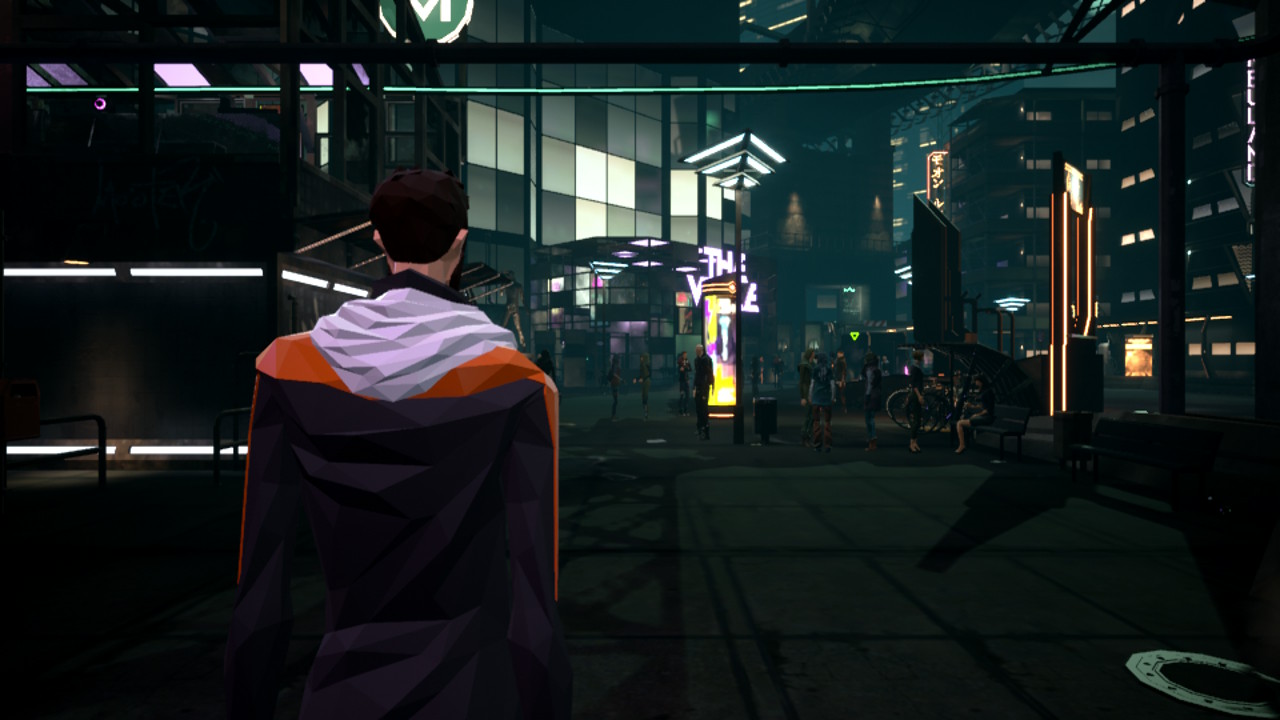
Overcoming Obstacles
State of Mind doesn’t have a lot going for it in the way of action. The most exciting bits of the game take place during dialogue exchanges. Players can choose from a few different dialogue options, but only like two or three throughout the game actually change anything. Most dialogue options just choose the order in which exposition is exposited. There are a bunch of environmental puzzles, too, but that may be too strong a word. They’re so easy to solve they act more as hindrances to getting on with the story than satisfying gameplay elements on their own. They feel like they’re mostly designed to stretch the runtime of the game. I was often much more satisfied with the game when I was investigating an area looking for miscellaneous data points than I was hacking cameras or drones and carrying out a big “action” set piece.
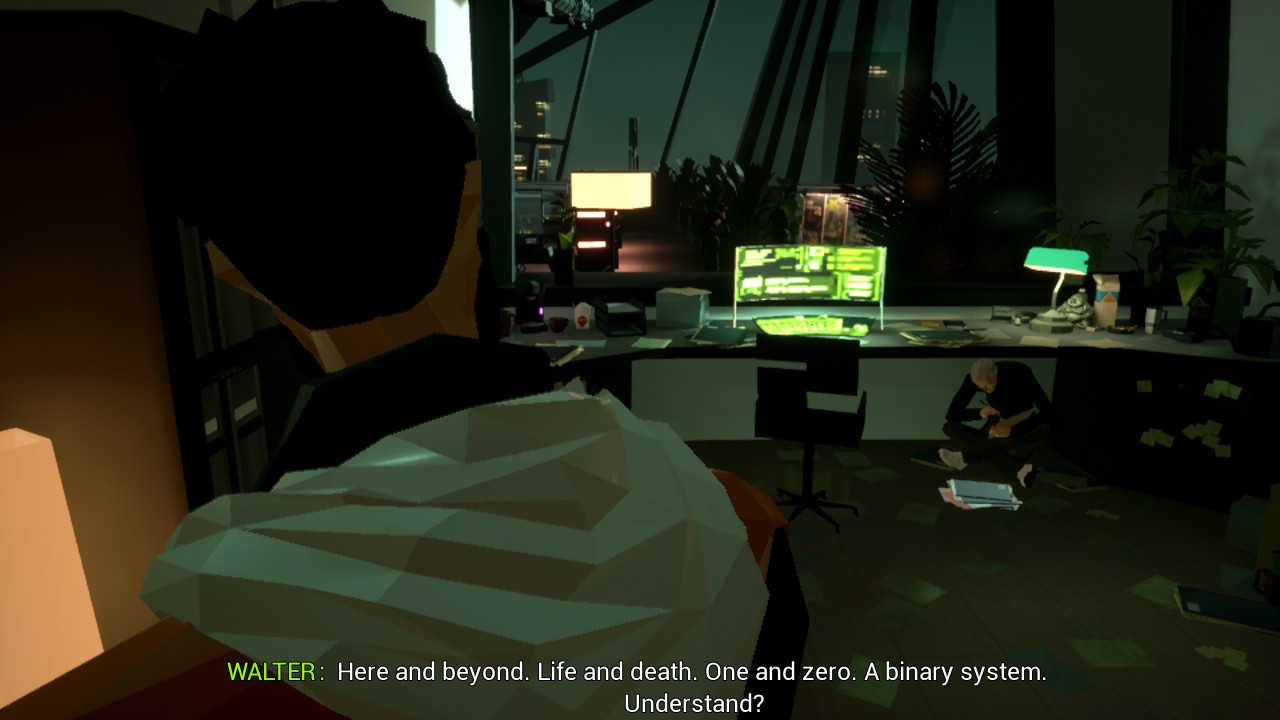
The movement controls sometimes got wonky, too. Turning around, for instance, was occasionally an adventure in itself. When your character is facing the camera and you tilt the stick to go the opposite direction, the character sort of freaks out for a second, juking one way then the other once or twice before finally executing a turn. The movement controls weren’t exactly sharp and perfectly responsive, either. Sometimes it was hard to make a turn into a tight space, like say if you had to walk up a narrow staircase or across a narrow walkway. This didn’t come up very often, but it was annoying when it did.
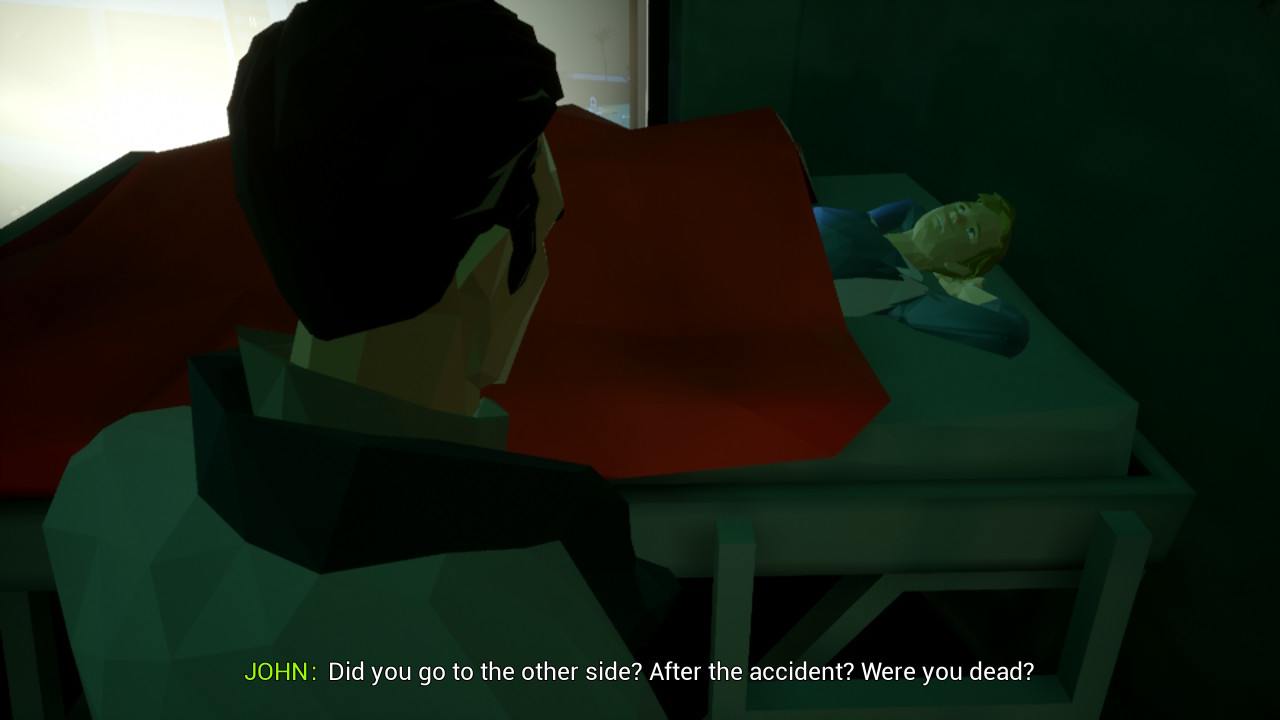
Money For Nothing
Seriously, though, this game looks a lot like the Dire Straights video. I mean, the animations are a lot more fluid and the character models more detailed, but the overall aesthetic was similar. I do like the graphics, however. Their design is distinctively stylized but not overly complicated. The biggest problem with the character models is their lack of expressiveness. There was sort of the same dull expression on everyone’s face regardless of the situation. The world built around the characters was gorgeous. They look like they’d be right at home in Deus Ex or a Blade Runner sequel, if we should ever be so lucky. Game, I mean – I know we got a movie sequel.
The soundtrack is a mix of minimalist electronic songs with some heavier, also electronic tracks. It’s all techno-inspired, so if you like that you’re in for a treat. I think it aspired a little bit to a Vangelis-style sound like Blade Runner’s (have I referenced that movie enough yet? I think I can still fit a few more in). The game is fully voice acted, and the actors do a heck of a job carrying the emotional weight of the game. Headlined by Doug “Geralt of Rivia” Cockle as Richard, the voice talent delivers a strong performance from top to bottom. No one from Blade Runner had a role, though.
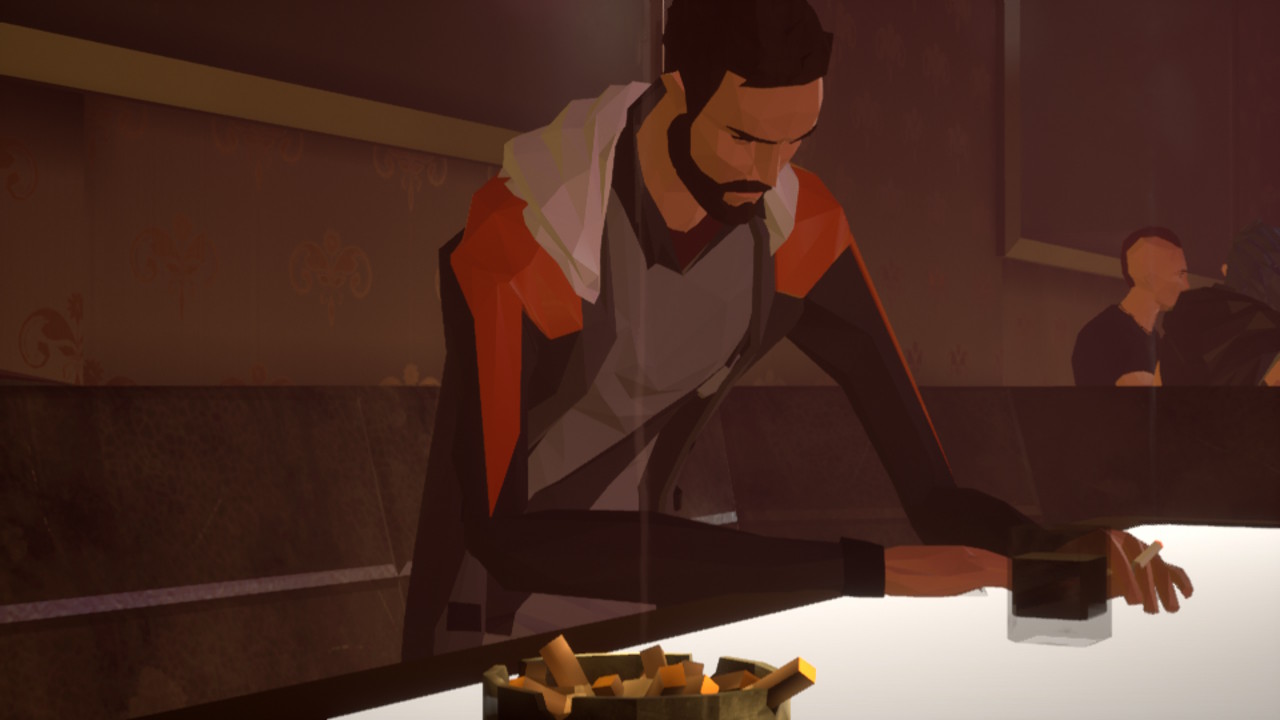
Playability
State of Mind has no touch or motion controls, so you can play it docked or undocked, whichever you prefer. I thought the graphics looked sharper on my TV, so I recommend it for docked play based on that. There wasn’t a very big gap in picture quality, however, so it’s not a strong recommendation. Hmm… I promised more Blade Runner references, didn’t I? Blade Runner didn’t have any motion controls either, I guess. Let’s go with that.
TL;DR: Engrossing but flawed story with very thin puzzle/adventure elements and a distinctive visual style. It made me make too many Blade Runner references.





Buy State of Mind
$39.99
Follow Daedalic Entertainment

[Review] Backpack Hero – Nintendo Switch

Developed By: Jaspel Published By: Different Tales Category: Role-Playing, Simulation…

